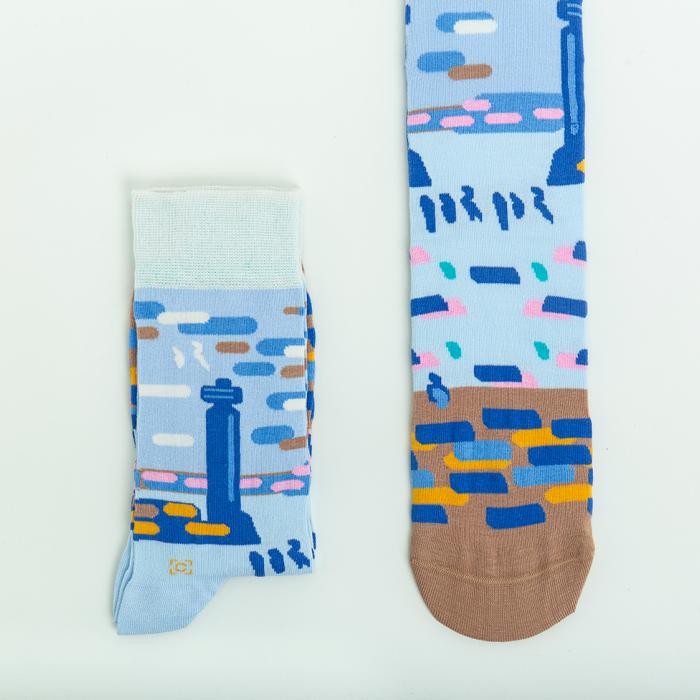You can use any fossil or dinosaur toys, just make sure they are clean. Use your own favourite biscuit recipe, or try this one.
You will need
- 115g butter
- 55g caster sugar
- few drops of vanilla extract
- 150g plain flour
- 25g cornflour
Mix the butter, sugar and vanilla extract until just evenly mixed. Stir in the flour and cornflour. Roll into a log, wrap in cling film and chill for 30 mins.
It is really unusual for a palaeontologist (scientist who study fossils) to find a complete skeleton with all the bones in the right place. We are more likely to find only a few bones or a jumbled up skeleton.
Putting a skeleton back to together when you know what the animal looks like can be a challenge, but imagine how hard that becomes when there are no more of those creatures alive for you look at. It is a bit like trying to put a jigsaw puzzle together when you don’t have the photo on the box as a guide.
How does burning fossil fuels threaten Antarctic marine life?
This experiment demonstrates the link between increasing carbon dioxide levels and ocean acidification and freshening oceans. Freshwater and more acidic water in the oceans make life harder for Antarctica’s marine animals.
The experiment and video were made by Nick Barrett. Nick is a PhD student at the University of Cambridge Earth Science Department and The British Antarctic Survey investigating the resistance of Antarctic marine species to predicted freshening and lower salinity in the Southern Ocean.
Meet the Deep Earth Research Team and find out why and how they study the Deep Earth, and what the team are currently working on.
Visit the Deep Earth Explorers online exhibition to find out more about their exciting research to find answers to the many open mysteries we still don't understand about our planet. The exhibition includes interactive models of the layers of the Earth.
When an earthquake occurs energy spreads outwards, shaking the ground as it goes. Just like when you drop a pebble into a pond and see the ripples spreading outwards on the surface, the energy from an earthquake also spreads outwards.
In this experiment you will find out about the different types of earthquake waves.
Download the instructions and information sheet
When an earthquake occurs near a town or city it can cause lots of damage. In areas where there are lots of earthquakes, engineers must design earthquake-proof buildings which sway with the motion of the earthquake, rather than cracking and breaking. But what kind of structures do you think make good earthquake-proof buildings?
In this experiment you can make some earthquake-proof buildings of your own, using cocktail sticks and marshmallows. Give them a shake on some wobbly jelly to simulate an earthquake, and see how well the hold up!
Hot magma beneath a volcano always wants to move up towards the surface. This is because it is a hot liquid and is less dense that the surrounding rock and so rises upwards. But as a magma rises it cools and eventually turns into solid rock...
In this experiment you will see what happens when melted wax moves through layers of sand and water, just like magma moves through layers of rock to reach the Earth's surface.
Download the instructions and information sheet
When there is an explosive volcanic eruption a large amount of material is thrown up into the air in an eruptive plume or column, made up of tiny rock fragments and very hot gases. The material is initially thrown upwards by the force if the explosion, but it keeps rising and stays airborne for a long time... so what stops it falling down?
In this experiment you can create your own eruptive column in a fish tank and find out what it is that makes it rise.
When molten rock (magma) is underground it often has lots of gases dissolved in it, just like liquid coke is full of dissolved carbon dioxide gas. As magma rises closer to the surface the gas starts to escape (exsolves) from the magma, but what happens then?
In this experiment you can use coke to represent magma under a volcano and see what happens when all the dissolved gas is released!
Download the instructions and information sheet
To make your zine you will need:
- a sheet of paper
- coloured pencils or pens
- coloured paper
- some glue
- fossils, rocks, pebbles for inspiration
Download the zine folding instructions and watch the video below

